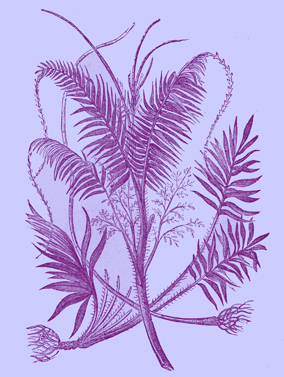
From Peter Parley’s Merry Stories, or Fact, Fancy and Fiction, by Peter Parley, Broadway: James Miller; 1869; pp. 327-328.
The calamus, or sweet cane, is a reed, growing abundantly in the East Indies, and other parts of Asia. The stem is without branches, and has on the top a beautiful crown, beset with sharp spines or prickles. When the external bark is removed, the smooth stick is discovered. The hollow of the cane contains a kind of spongy pith, of a most delightful fragrance. A sauce produce from it is said to refresh the heart and to cleanse the stomach. When it is burnt with turpentine, the fumes are said to heal diseases of the breast. When dried and pulverized, it scents the air all around with the most delightful and refreshing odor.
328It is supposed that a preparation form calamus formed a part of those aromatic and costly spices which the Queen of Sheba presented to King Solomon. At an early date, the calamus seems to have been known and esteemed as a perfume. (See Exodus xxx. 23). In Ezekiel xxvii. 19, we read: “Dan also and Javan going to and fro occupied in thy fairs; bright iron, cassia, and calamus were in thy market.” Jeremiah vi. 20, it is said: “To what purpose cometh there to me incense from Sheba, and the sweet cane from a far country?”
Next — Trees and Plants Mentioned in the Bible:
The Anise.